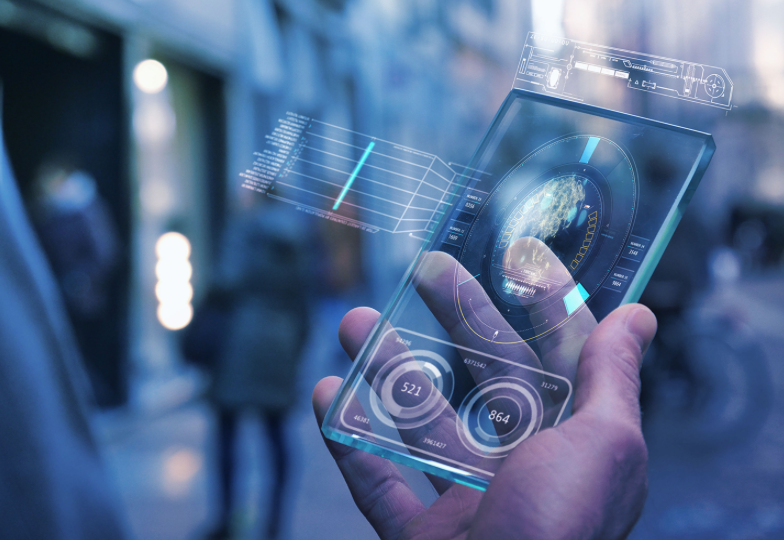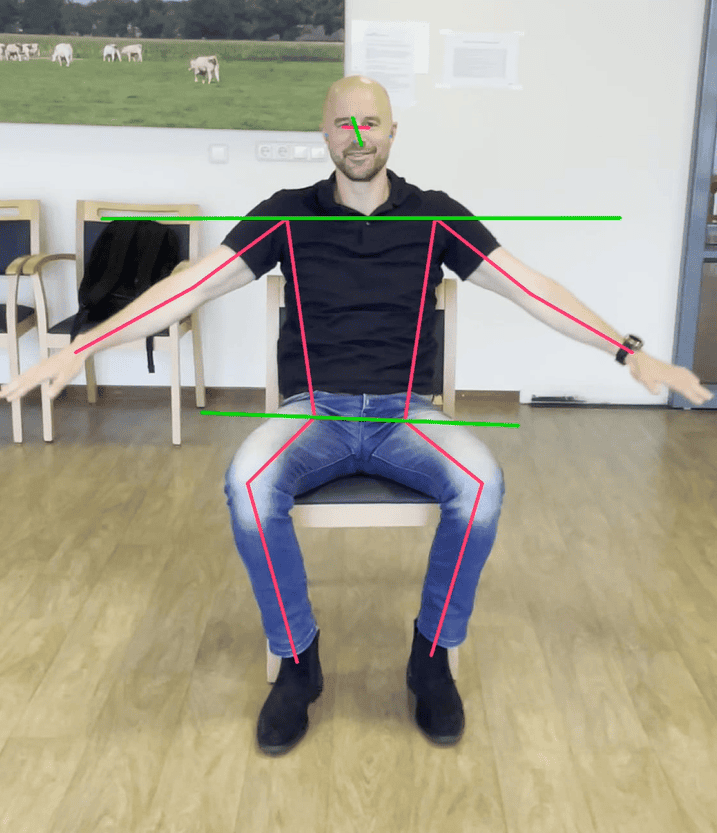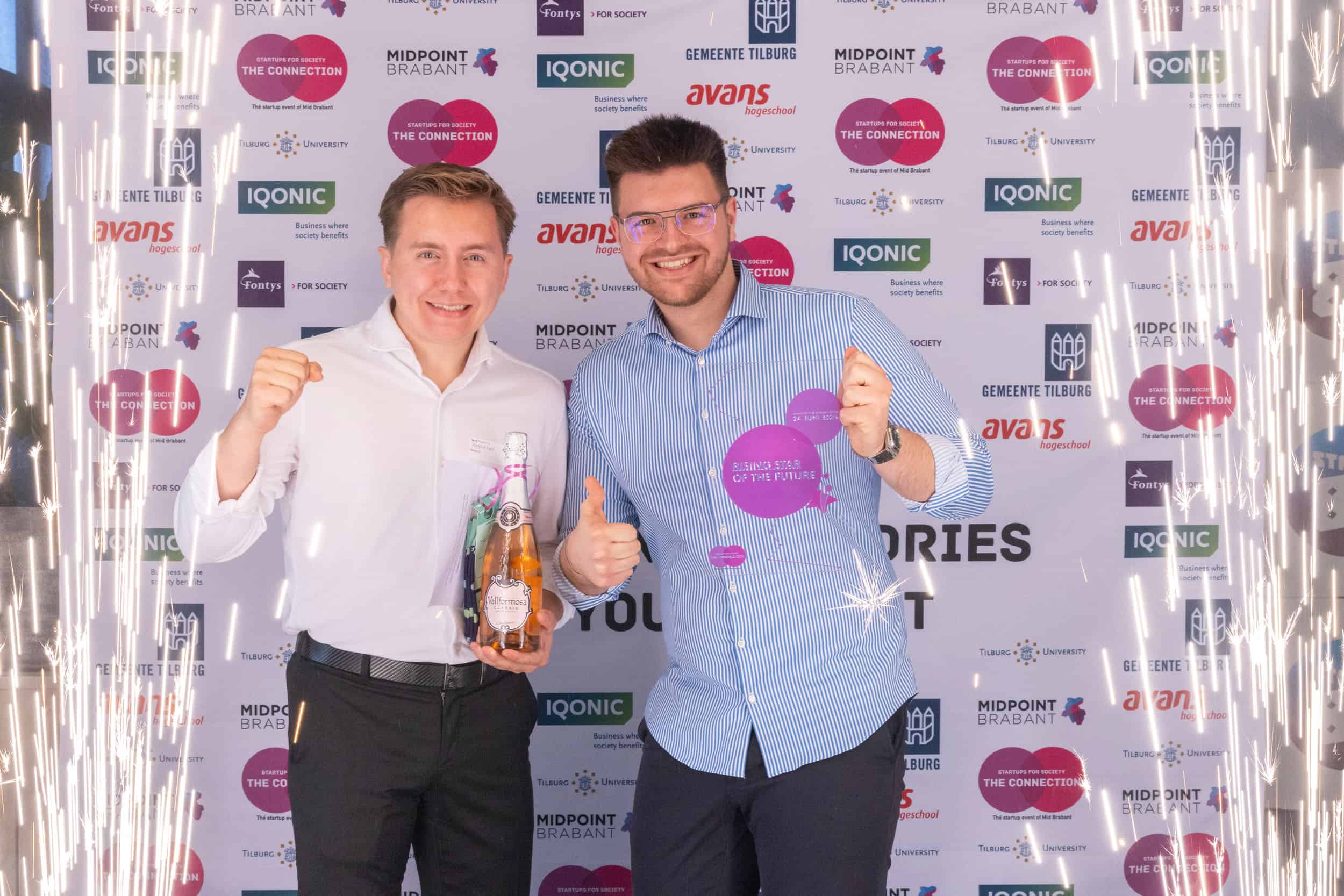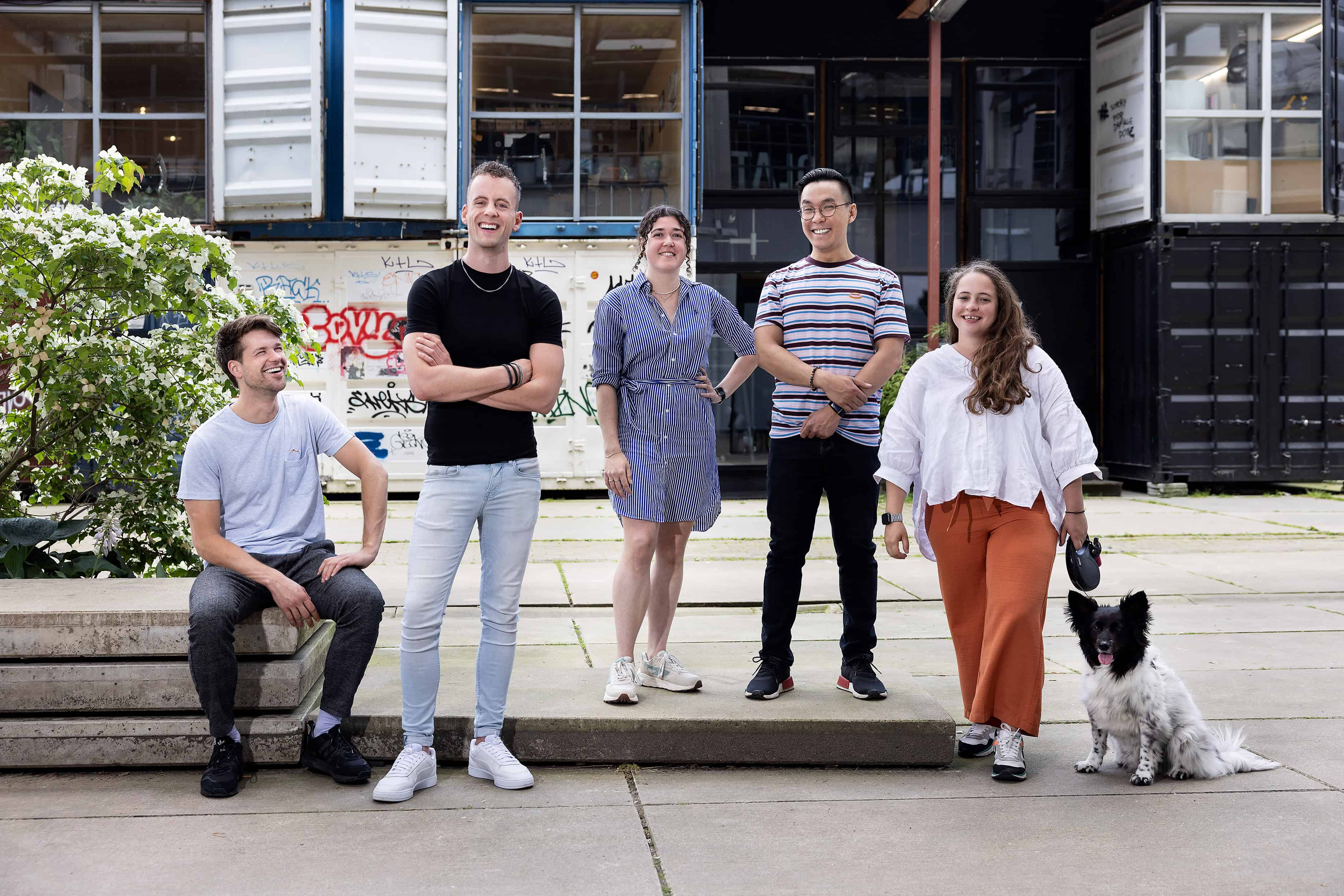
Imagine being able to project a holographic desktop anywhere you like, without the need to carry your phone or laptop – just like in a sci fi movie. Well, technology like this is what the British start-up, VividQ, is working on, technology that can bring to life whatever is imaginable.
In a nutshell, VividQ is a deep tech software company with world-leading expertise in 3D holography. It offers patented software which enables mass adoption of holographic displays in AR/VR headsets and smart glasses, automotive head-up displays, and consumer electronics. By bringing real-time computer generated holography to everyday applications, VividQ is changing how we interact with the world.
Futuristic displays have long been promised but as yet we still have not seen its mass adoption. Until now.
Innovations Origins spoke with Darran Milne, the co-founder and CEO of VividQ, who went on to explain how the technology works.

How did you come up with the idea for VividQ?
VividQ was the result of getting some holographic engineers into the same room as mathematicians and computer scientists in order to solve some of the most difficult problems involving holographic displays. Having seen some amazing success with the development of new algorithms from this collaboration, we saw an opportunity to commercialize our technology and start a business that would finally take holographic display to the consumer market
How does the technology used in this start-up work?
Actually, holographic displays are rather simple. We use off-the-shelf micro displays. The kind you would find in a normal office projector that uses a laser to project light. The real secret ingredient is in the software. A hologram is an incredibly complicated object. It requires very precise computations that typically take minutes or hours with highly specialized computers. What we have developed is a software platform which houses some revolutionary algorithms that do the job in just a few milliseconds using off-the-shelf processors. So, now we can compute holograms using just your laptop or even your mobile phone.

How can this technology be applied in everyday life?
VividQ’s software is essential for immersive displays to be able to move into mainstream adoption.
Futuristic displays have long been promised, but we still have not seen its mass adoption. Displays should mimic our human experience. Be an informative, interactive part of our daily lives. Some examples are conference calls that are indistinguishable from real-life or real-time information being displayed in front of us while we are walking or driving our cars.
However, current headsets or smart-glasses are limited to 3D stereoscopic displays. These lead to eye strain and nausea. A weak illusion of depth is created with limited capacity for immersion. Or automotive displays are limited in their ability to project contextual information and cause eye strain for motorists. Plus, most of the technology is hardware-based. That makes these solutions hard to scale.
For mass adoption, technology needs to have real depth, be scalable and comfortable for use in daily life. VividQ resolved how to bring holography into standard devices. This solves the massive computational problem that had previously limited the use of holography.
There is currently no other technology that enables: multiple depth planes, elimination of visual discomfort associated with current AR/VR, up to an 80% reduction in the size of optical systems (which streamlines bulky systems), superior brightness with clear visibility in full daylight using minimal power, real-time adjustments in projected images, a decrease in costs for optical systems, and an increase in the manufacturing output of AR devices.

During the process of developing the start-up did you ever think about giving up?
No, my focus was and is always on thinking of the next step to make it work rather than giving up. A part of development is iteration – going over things again and again till you get it right. Giving up just shows that you are not passionate about that idea. Knowing you are changing an industry comes with hard work. But I never thought about giving up.
Was it difficult to get investors?
When you have a technology that is going to change the very nature of the human/machine interaction and which has widespread implications for technology and society, it’s not so difficult to find Angels that share this vision and want to help change the world. Securing venture capital funding is another story. The bar is much higher and for deep tech you have to demonstrate that as a pre-revenue company, your business will have a sufficiently significant impact on the market for VCs to be willing to take on that risk.
Can you remember the moment when you knew you had something great in your hands?
Our first real demo. We live-streamed a 3D camera feed to a basic holographic display. As we waved into the camera, we could see a holographic version of ourselves on the other side of the room waving back. The setup was rather awkward, yet I knew right then and there that we had done something truly special.
What can we expect from VividQ in the coming years?
VividQ is now scaling up to meet demands from several customers across the augmented reality and automotive sectors. We are focusing on developing prototypes for new AR glasses, head-up displays and several more exciting concepts for home entertainment.
Over the next few years, we’re going to make your TV obsolete!
What is your ultimate goal?
We want to embed holographic displays into the very fabric of the world around you. Wherever you go you’ll have access to your digital content. Without the need to carry a phone or a tablet or wear smart glasses. We’ll turn entire cities into display systems so you can see your email pop up midair on demand. See restaurant reviews pop up as you walk down the street or play the most immersive video games imaginable.







